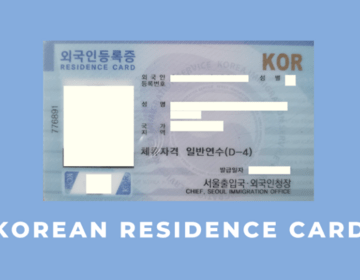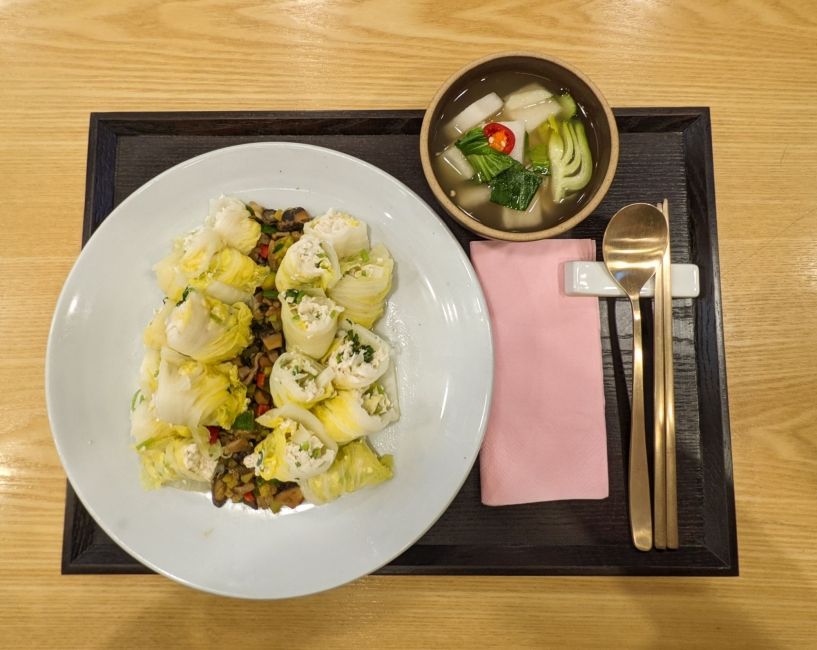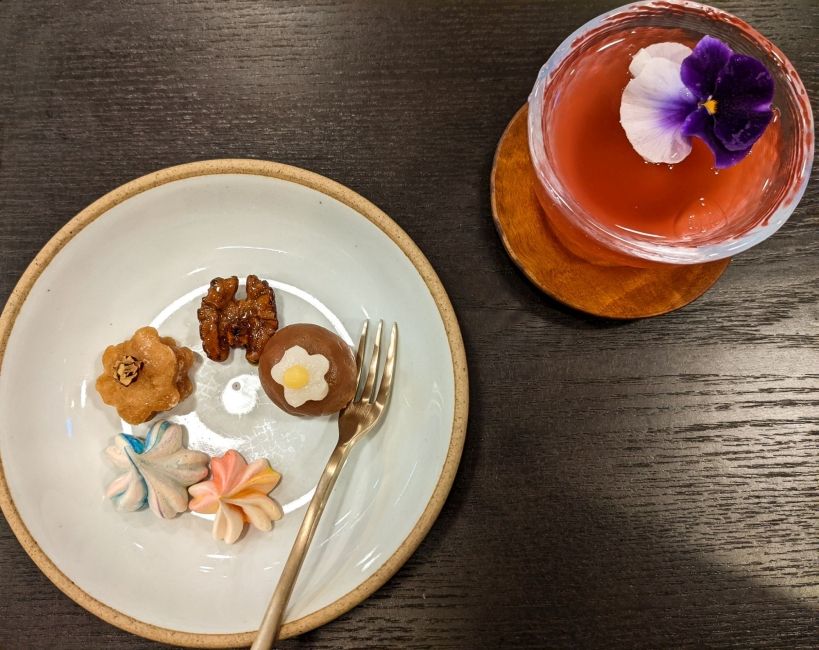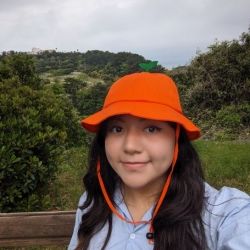Cooking Korean Jang with Chef Tony Yoo
This week, CIEE students and I were able to enjoy cooking and learning about Korean Jang. Jang is a Korean sauce made from soybeans, which is used in many Korean dishes. I also learned that soybeans can be shaped into brick-like forms and then fermented for up to 90 days. The cooking class was captivating as I kept learning several other facts about Korean cuisine, such as there are hundreds of Kimchi recipes, even some that don’t require fermentation.
The class was led by Chef Tony Yoo, a well-known figure in the culinary world. He is Korea’s first chef to receive a Michelin Star and owner of several Korean restaurants. He was there to demonstrate how to cook two dishes, the Tomato Dongchimi and Eomandu with Doenjang sauce.
Our class started with an introduction on Korean cuisine and the ingredients needed to make the two dishes. We were also given both recipes to follow along with the guide. Chef Tony Yoo started by making the Tomato Dongchimi dish, demonstrating and emphasizing that not all Kimchi recipes require fermentation.
After we watched him make Tomato Dongchimi, he demonstrated how to prepare Eomandu with Doenjang sauce. I found his cooking interesting as he made the dish look very simple to make and we learned a bit about earthenware, pottery, used for cooking. I found his knowledge on pottery interesting because I have been learning about Korean pottery in my art history course.
After that, we teamed into groups of two and began to cook the same dish. We started by chopping vegetables and boiling the water. We then made a stir fry with mushrooms and boiled some vegetables. It was fun tasting the food we made and seeing how colorful food can be just by using vegetables available in the area. Next, we steamed our rolls and plated our food. I was glad to have been partnered up because it made the process easier and enjoyable. We were also given the opportunity to enjoy eating our food and the Tomato Dongchimi dish Chef Tony Yoo prepared in the Tasting Room. We were also given a tray with tea and desserts prepared at Hansik Space E:eum.
Cooking Eomandu with Doenjang sauce with other students was an enjoyable experience because I was able to meet new people, learn new cooking techniques, and continue my journey in learning more about Korean history and culture.
Related Posts

Everything I Learned From Applying for Korea’s Alien Registration Card
Getting the ARC is a necessary step for studying and traveling in Korea, here's a guide of its importance and ways you can stay on track.
Seoul to Suwon: Walking Through History
One weekend trip showed me how much there is to learn and see outside Seoul, from traditional villages to historic fortress walls.

Soul Searching in Seoul: Everything I Learned and What I Wish I Knew
Before I start crafting my “study abroad changed me” answers for friends and family, here are the practical things I wish I’d known. The things that would’ve saved me time... keep reading


